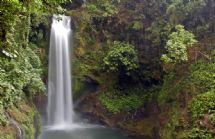Learn about the banana industry
Banana Plantation just outside Limon
Savvy moms and dads keep bananas on hand because kids, even the fussiest eaters, will eat bananas when they turn up their nose at almost everything else. Sweet—but not too sweet—and easy to eat, they’re perfect for little ones.
In fact, all ages love them, from babies to seniors; which is why they are among the most popular fruits in the world.
Big Business in Costa Rica
Banana production is a Costa Rica industry that accounted for 13 percent of the world’s total exports between 2002 and 2006.
The nation exported the fruit to 38 countries in 2009, and there are no signs of it slipping as a world-favorite food.
The U.S. is one of the biggest consumers, receiving 43 percent of Costa Rica’s 2009 exports.
Some of this fruit finds its way into sandwiches there, no doubt influenced by rock and roll’s iconic Elvis Presley, a fan of peanut-butter-and-banana sandwiches.
Visit a Banana Plantation
Want to take home a unique souvenir? The fibrous fruit and peel can be used to make a range of creative products.
You can find dolls, hangers, liquor, paper and more—all made from bananas when you visit a Dole banana plantation. Located in Sarapiqui, Heredia, Dole welcomes visitors for organized tours, during which you can sample just-picked fruit.
The Heredia province is in the nation’s northeast, with Nicaragua at its northern border. It is one of the nation’s biggest banana-producing regions, although other Costa Rica tropical fruits, coffee and more also grow here, irrigated by the flow of the Río Sarapiqui.
Working on a Banana Farm
Costa Rica’s Caribbean coast and the Limón province are also home to banana farms, where you can learn how to care for the plants, which thrive in this climate year-round.
A farm tour will give you a good idea of the labor required to grow and harvest this favorite fruit.
Banana plants need fertile soil and regular moisture, as well as good drainage.
The fronds are large and young plants need support when the fruit grows heavy.
You’ll visit the sprawling fields to see harvesting and bagging of the still-green bananas and follow them to packing areas. Here, they are boxed up for shipment to all areas of the world.
Along with learning about the many aspects of farming, a regional plantation tour offers a first-hand look at Costa Rica culture through the lives of banana-farm workers.
The industry employs more than 34,000 laborers, and you’ll get a complete picture of how the fruit impacts the economies of worker communities, including their education, housing and commerce.
Costa Rica Is a Top Producer
With people adding bananas to cereal, ice cream, oatmeal and pancakes, there is no sign their popularity is waning, and today, Costa Rica is one of the world’s top-producing nations.
A public development agency, the National Banana Corporation, points to the country’s 2010 exportation of more than 100 million boxes (40 pounds each) as proof of its position. Those boxes also showed a substantial, 18-percent increase in production since the previous year—and just in time as chefs continue to expand their use in recipes that reach beyond bread, pies and puddings.
You can find bananas in smoothies, dipped in chocolate and frozen for a refreshing treat on a hot summer day.
A Little Banana Plant History
Costa Rican farmers began growing banana plants in 1878, the first Central American country to do so. With the final tracks laid for an Atlantic railway by 1890, the industry grew rapidly and continued to grow throughout the 20th century as more people discovered the delicious fruit.
Plantations in Costa Rica have designated more than 100,000 acres to its production, showing that the world is indeed, banana about bananas.





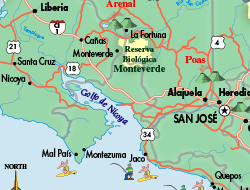
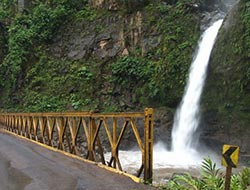
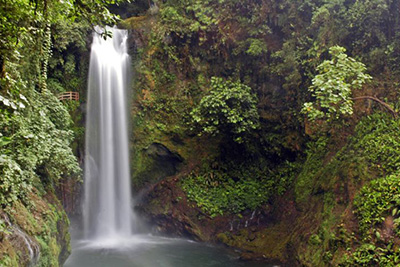

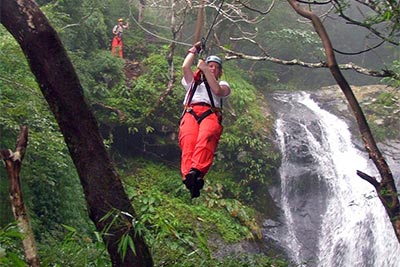
.jpg)

